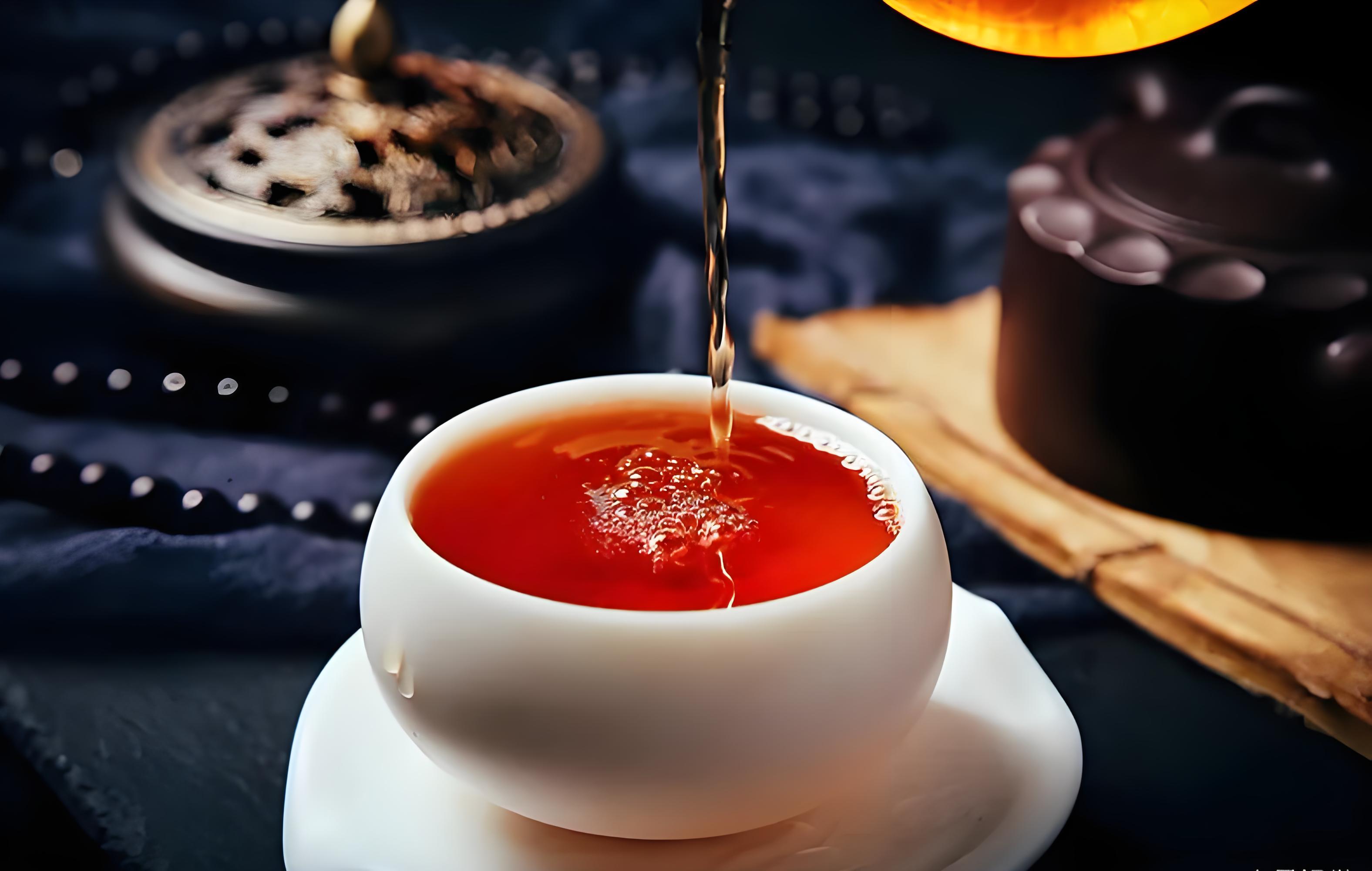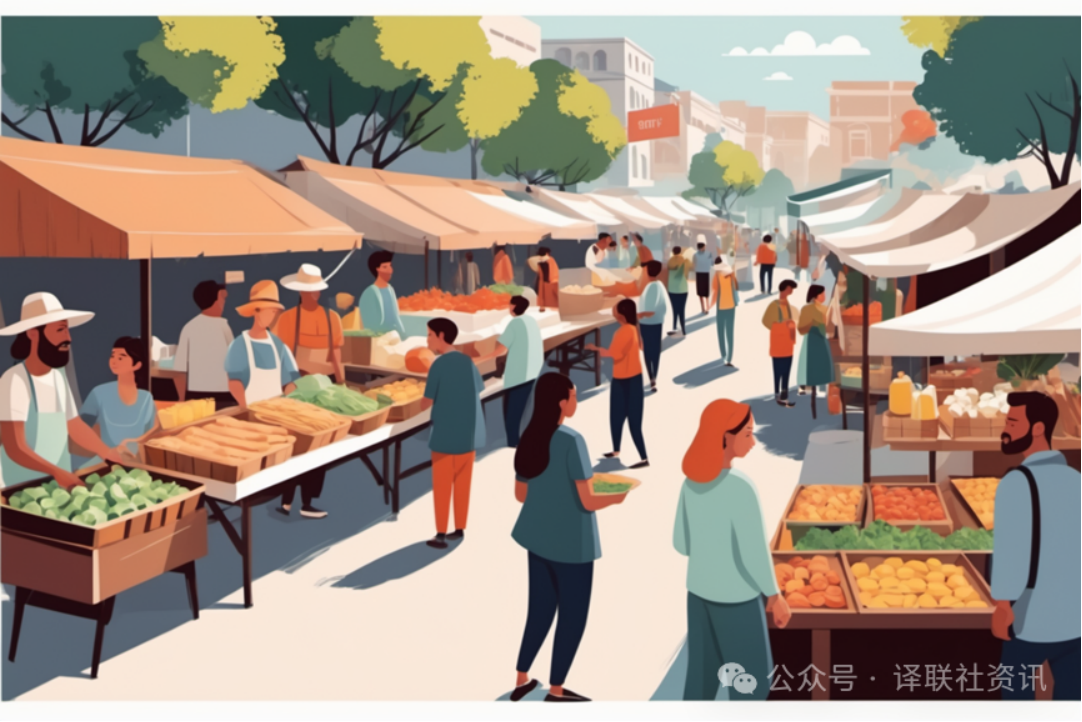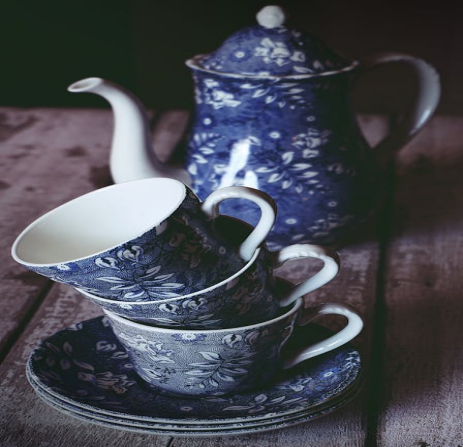Tea is not something that can be drunk directly after being plucked; like most crafts or foods, it needs to go through a complex and delicate process before it can become the tea we often drink. Like a child, it is only through the trials and tribulations of growing up that it can become a man of the world.
The production of tea goes through: picking, withering, greening, kneading, fermentation, drying, shaping, grading, packaging and storage.

Depending on the type and quality of the tea, the young buds and leaves of the tea tree are picked at the right time, and then they are spread in a large basket so that they naturally lose their water, a process that helps to form the aroma and flavour of the tea leaves, which is then heated to keep them green and remove some of the water, and then kneaded so that they release their sap and increase their aroma and flavour, and finally dried thoroughly, which is basically the tea that we often drink. After the final thorough drying process, it is basically the tea we often drink. The tea leaves are then graded according to their size, aroma and quality, and certain specific shapes, such as those of Longjing tea, have to be shaped.
But after all this, why is there no mention of ‘fermentation’? This is because fermentation is a special step in the process, as it determines what kind of tea the leaves will be.
About ‘fermentation’ there is a story legend is a man missed the best time to deal with the tea, tea has begun to ferment, with the idea of trying, he put these tea after processing for brewing, I did not expect, brewed out of the tea, the colour of the red, mellow taste, no less than the traditional production of tea. Although we do not know exactly how the ‘fermentation’ was discovered, but it is certain that the fermentation technology marks a significant progress in tea processing technology, for the subsequent development of a variety of tea laid the foundation.
Tea Ceremony, the art of making and drinking tea, is an artistic activity that combines etiquette, manners, politeness, and culture.In China, Tea Ceremony has a long history, and it combines the Chinese Tea Ceremony, Tea Culture, and the spirit of Tea.
From the axial era of tea culture in the Tang Dynasty, to the characteristics of tea ordering in the Song Dynasty, to the natural and light style of the Ming Dynasty, each era has its own unique style of tea art development.
As the foundation of the art of tea laid in the Tang Dynasty, its main popular tea is mostly cake tea, the mainstream tea drinking is pan-fried tea, that is, tea cakes roasted and crushed into powder, then sifted into fine powder, put into boiling water to cook. However, modern people may not be able to accept is that the Tang Dynasty people will drink tea according to the quality of tea and personal taste, sometimes adding salt, ginger, orange peel, mint and other seasonings, and Lu Yu in the ‘tea scripture’ advocate the original flavour of the tea, opposed to the addition of too many spices, this point on most modern people will agree.
The Song Dynasty tea is a tea cake crushed into powder, sifted into fine powder, and then brewed with hot water, while stirring the tea broth to make it foam, interestingly, there is a kind of modern art called ‘flower pulling’ that is, in the coffee on the painting their own preferred pattern, and the Song Dynasty people will be in the tea broth paintings at that time known as the ‘tea hundred theatre’. Tea art was also known as ‘tea theatre’ in the Song Dynasty. At the same time, also because of the prosperity of the tea ceremony, there were also a lot of literature related to tea, such as the Song Dynasty Emperor Song Huizong wrote the ‘Daguan Tea Theory’, which is an important material for the study of tea ordering in the Song Dynasty.

And to the Ming and Qing dynasties, the Ming dynasty abolished the Song dynasty group tea, changed to loose tea-based, that is, directly with boiling water tea, this method is the most simple and can retain the natural flavour of tea. Speaking of which may be questioned, Ming Tang and Song developed so many strange and wonderful practices, but why to the Ming and Qing Dynasty has become this simple and simple practice? But in my opinion, this is the inevitable process of the development of civilisation. The production of tea cakes is a time-consuming and labour-intensive work, the Ming Emperor Zhu Yuanzhang sympathy for the people, ordered the strike to make tea cakes, at first glance the tea art seems to be some regression, but it is extremely simple and simple practice allows any person to taste the deliciousness of the tea, which is shed some of the tea, but in exchange for a wider circulation, this is not a good thing, why not the tea art of the beauty of the back to basics it.
What a tea ceremony! What a Chinese descendant! Can play a cup of tea out of a thousand strange gestures, and finally can go back to basics, return to the original natural beauty, how can this not let people praise!
Today's tea ceremony brings people more of a cultural embodiment and spiritual cultivation, in the cold rainy days, quietly brewing a pot of hot tea, sitting in a chair and slowly reminiscent of the slow taste, slowly taste, may be able to taste out of the taste from the millennium, may be able to taste the art of inheritance of a thousand years, and then a cup of tea!
Editor:Zheng Jue
Copyright:
This article is the original or authorised work of Translation Union, and any unauthorised reproduction or excerpting of Translation Union's copyrighted works without the authorisation of Translation Union will be investigated by Translation Union in accordance with the law. Any use of the copyrighted works of the Translation Union must be authorised in writing.




